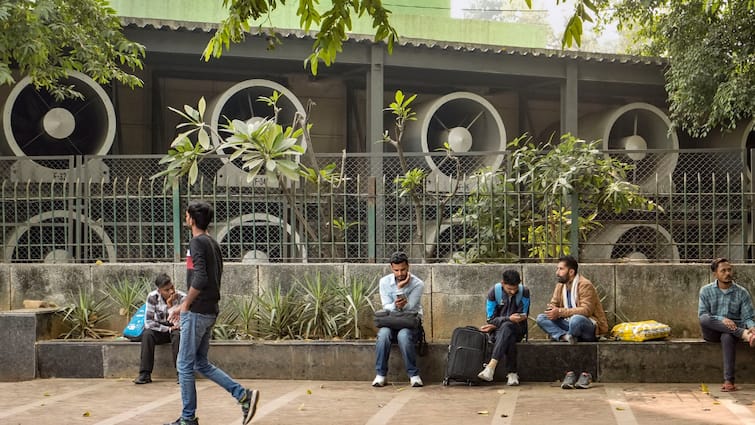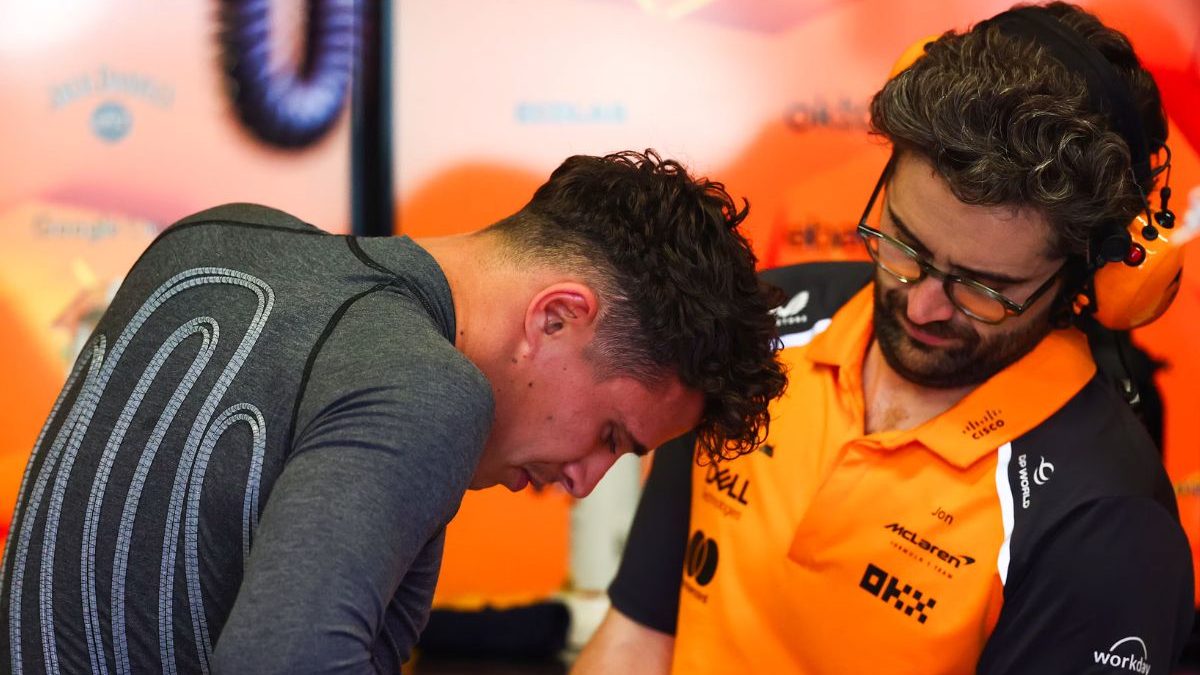Delhi-NCR is experiencing an early rise in air pollution, weeks before the usual winter smog peak, as the region prepares for Diwali. The Air Quality Index (AQI) has deteriorated past 150, largely due to stubble burning in neighbouring states such as Punjab and Uttar Pradesh, raising concerns about a prolonged smog season.
Satellite data indicate a sharp increase in farm fires, while September’s average AQI surpassed 100 for the first time since 2016. Health experts warn that current pollutant levels are equivalent to smoking multiple cigarettes daily, posing serious risks to children, the elderly, and individuals with respiratory or cardiac conditions, as per a report on Indian Express.
A study by the Council on Energy, Environment and Water (CEEW) highlights the effectiveness of Delhi’s Air Quality Early Warning System (AQEWS), which accurately predicted over 80% of “very poor and above” air quality days (AQI above 300) in the last two winters.
Meteorological conditions are worsening the situation. CPCB data show Delhi experienced 18 consecutive days with AQI above 100 between September 12 and 29 — the longest such stretch in September since 2016. Normally, monsoon rains help cleanse the air, but this year the IMD recorded the monsoon’s withdrawal on September 24, the earliest since 2002. The early retreat left dry conditions that amplified even routine emissions.
CPCB records show that the latter half of September typically has higher pollution than the first, explaining why prolonged stretches of moderate pollution often occur late in the month even when monthly averages seem less alarming.
Authorities are urging residents to limit outdoor activity, use air purifiers where possible, and follow government advisories as Delhi braces for worsening air quality in the coming weeks.


)
